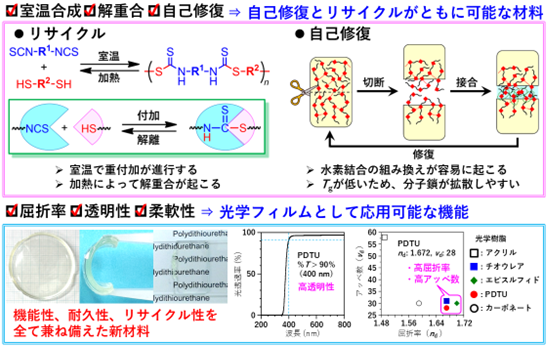2025-06-13 国際農研,国際熱帯農業研究所

図1 ササゲ遺伝資源99系統における過湿及び乾燥ストレス耐性
<関連情報>
- https://www.jircas.go.jp/ja/release/2025/press202505
- https://www.frontiersin.org/journals/plant-science/articles/10.3389/fpls.2025.1573313/full
ササゲ遺伝資源における土壌乾燥および水分過剰ストレスに対する二重耐性を複数の指標を用いて評価
Dual tolerance to soil drought and excess moisture stresses in cowpea genetic resources assessed using multiple indicators
Kohtaro Iseki,Olajumoke Olaleye
Frontiers in Plant Science Published:12 June 2025
DOI:https://doi.org/10.3389/fpls.2025.1573313
Introduction: Climate change poses significant challenges to agriculture, particularly for upland crops in vulnerable regions. Cowpeas (Vigna unguiculata), a vital protein source in the dry savannah of West Africa, face production constraints due to yield variability from inconsistent rainfall patterns. Projections indicate an increase in extreme rainfall events, exacerbating excess moisture stress and complicating cultivation. This study evaluated the dual tolerance of cowpeas to both drought and excessive moisture by examining 99 genetic accessions, including both cultivated varieties and wild ancestors.
Methods: A total of 99 cowpea accessions, comprising 54 cultivated accessions (Vigna unguiculata [L.] Walp.) and 45 wild ancestor accessions, were analyzed. Combinations of multiple indices with large genotypic variation—such as chlorophyll fluorescence, SPAD readings, and shoot biomass—were used to assess stress tolerance.
Results: While most accessions showed tolerance to only one stress or neither, ten accessions exhibited dual tolerance. Of the ten, nine were wild ancestors, underscoring the potential of wild genetic resources for crop improvement. As a factor underlying dual tolerance, we focused on the root morphological plasticity, allowing dynamic structural adjustments to different soil water conditions. Under excess moisture, a dual-tolerant accession formed lysigenous aerenchyma, facilitating oxygen diffusion and nitrogen fixation, while under drought conditions, it increased stele proportion. In contrast, a cultivar sensitive to both stressors exhibited lower plasticity, limiting its adaptability.
Conclusion: This study highlights the importance of using multiple indices to assess stress tolerance, as different parameters reflect distinct physiological responses. The findings provide valuable insights for breeding climate-resilient cowpea varieties that can adapt to fluctuating soil water conditions.



